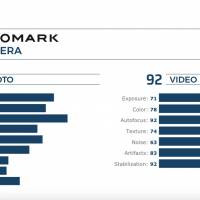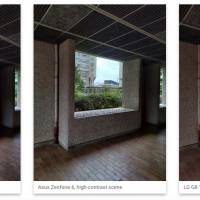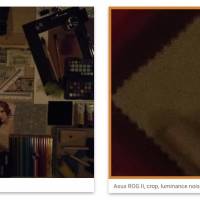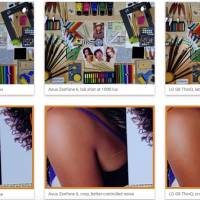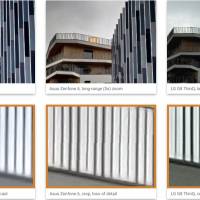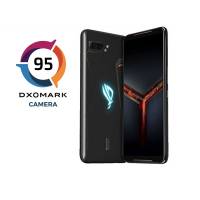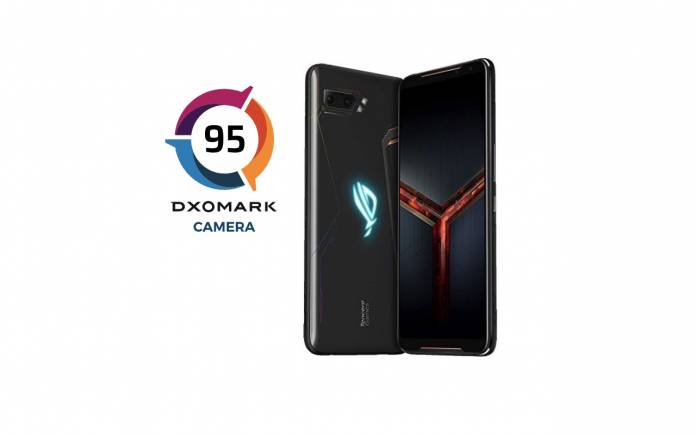
The ASUS ROG Phone 2 is the next-gen Ultimate Gaming Phone from the Taiwanese tech giant. It started the gaming phone craze and ASUS soon received a follow-up. We first said the device would offer a 120Hz display experience, Snapdragon 855 Plus chipset, and would run up to 12GB of RAM. The ASUS ROG Phone II is really powerful. We finally saw the ASUS ROG Phone II Ultimate Edition at the IFA 2019, ready to run 60fps to 120fps. After the teardown treatment and durability test, here is a review of the device’s camera setup.
The ASUS ROG Phone 2 camera is the first DxOMark review we’re featuring for the year. It already runs on Android 10 beta. Some custom ROM developers are lucky to receive ROG Phone II units so they can work on apps and other improvements.
The phone was released in the market in September. It’s designed to be a gaming phone under ASUS’ Republic of Gamers (ROG) line. Aside from the gaming performance. the phone boasts a nice dual camera setup: Sony IMX586 48MP f/-1.79 primary camera + 13MP ultra-wide second rear camera. The selfie camera is also powerful at 24 megapixels with an f2.0 aperture. The camera system also offers PDAF, laser AF, Single LED flash, HDR, and 4K video recording at 60fps.
The camera scored an average of 95 (97 Photo, 92 Video). It’s not on top of the rankings but decent enough at 21st place just behind the old OnePlus 6. It’s not something we may recommend when it comes to taking photos if you’re serious with mobile photography but we want you to try it for mobile gaming.
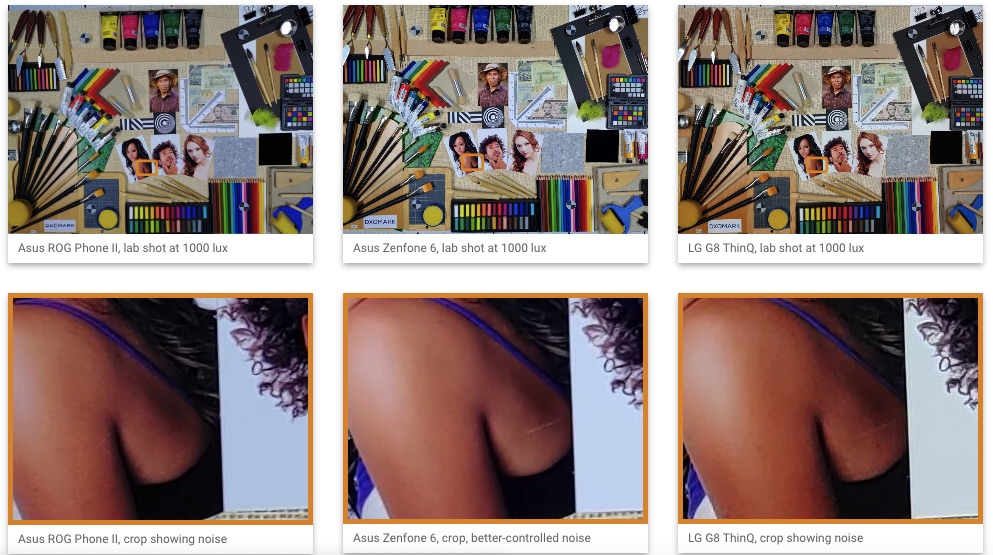
The ASUS ROG Phone 2’s autofocus is fast and efficient. White balance is also accurate in indoor conditions at times. Target exposure in both outdoor and indoor conditions is accurate. Bokeh shots show smooth blur transitions and fairly good depth estimation. Video recording also shows fast and accurate autofocus. Details are well preserved in outdoor/indoor shots while stabilization is efficient in outdoor conditions.
There are some not so good things you can notice like limited texture and visible artifacts when zooming, visible color shading in wide shots, and visible ghosting in high dynamic scenes. Instabilities on target exposure and white balance are visible, same with white balance casts outdoor environments. You may also notice some strong color quantization in dark areas.
For videos, the outdoor scenes are underexposed. Frameshift is often visible in indoor conditions. Moving objects show strong noise visible. There are also instabilities in color casts in outdoor/indoor conditions plus slight white balance instabilities.


